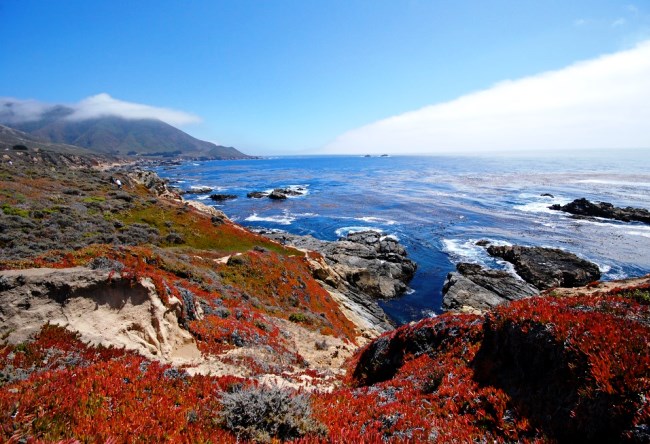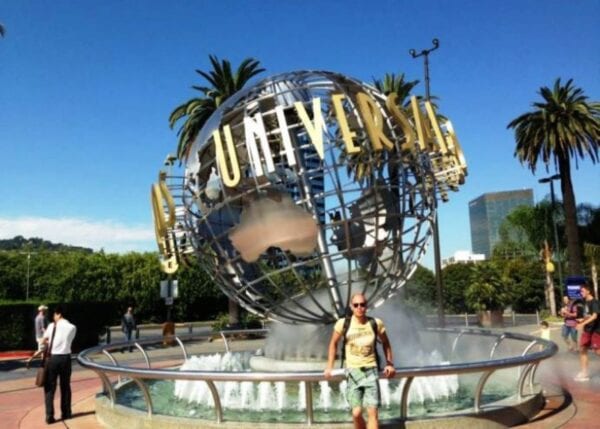 14, Май, 2015
14, Май, 2015Big Sur and the Oranges of Hieronymus Bosch
Among the many travel lovers who prefer not to visit exotic countries, the similarity of Thailand or Malaysia the same, and take great pleasure in solitary communion with nature is likely to appreciate a small, sparsely populated section of the Pacific coast of Big Sur, in central California .

First of all, Big Sur attracts those who can appreciate the true beauty of purity and pristine nature of the Pacific coast. With particular interest in Big Sur, is for those travelers who are ambivalent about the nature photography, because the neighborhood troubled waters of the Pacific Ocean and supple, basalt cliffs coastal features, create amazing compositions worthy of admiration. It is worth noting that in the territory of Big Sur, is the highest mountain of all the coastal hills of the United States of America. Mount Cone Peak rises above sea level in more than a mile, which creates additional attractiveness overall landscape.

Although Big Sur is quite far from major cities in the United States of America, as San Francisco (193 kilometers) and Los Andzhees (394 kilometers) Big Sur remains the most popular nature reserve behind except that Yellowstone National Park or a Grand canyon that on the Colorado Plateau.

While also worth noting that Big Sur has left its mark in American literature. Thus, in particular, popular writer of the last century, Henry Miller, who is quite talented described his experience in his autobiographical novel «Big Sur and the Oranges of Hieronymus Bosch», which was released in 1940 and was quite highly appreciated not only by the American critics, but also sophisticated readers. And as gratitude and respect for his work precisely on Big Sur is a memorial museum of the writer, who is also a kind of landmark.

In addition, the Big Sur inspired and another not less popular American writer Jack Kerouac wrote his novel «Big Sur» in the sixties of the last century. Which, just like the novel by Henry Miller is autobiographical and is related to Big Sur as a personification of the author’s own soul.











